How orthopraxy helped Hinduism keep its head above water and eventually thrive.
By Devdutt Pattanaik
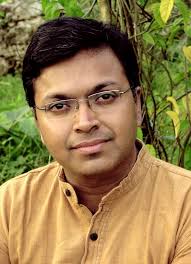 Jawaharlal Nehru, India’s first prime minister, valued secularism. But that did not stop him from being addressed as Panditji, quietly affirming his Kashmiri Pandit identity and his very high status in the Hindu caste hierarchy. He insisted no religious rituals be conducted after his death. But he wanted his ashes to be cast in the Ganga. His secularism did not stop him from displaying his Hindu credentials, albeit minimally.
Jawaharlal Nehru, India’s first prime minister, valued secularism. But that did not stop him from being addressed as Panditji, quietly affirming his Kashmiri Pandit identity and his very high status in the Hindu caste hierarchy. He insisted no religious rituals be conducted after his death. But he wanted his ashes to be cast in the Ganga. His secularism did not stop him from displaying his Hindu credentials, albeit minimally.
It is easy for a Hindu to be ‘secular’, because Hinduism does not demand allegiance to one doctrine, and certainly not to the idea of one God, which is the hallmark of Western religions. To be a Christian, you have to believe in Jesus as the son of God, and saviour. To be a Muslim, you have to believe in Allah and his final prophet, Muhammad. To be a rationalist, you must be seen rejecting — even mocking — other people’s faith. But to be Hindu, you don’t have to believe in Shiva, or Vishnu, or Durga, or Ganesha, perform any ritual, or read any holy book. But you are expected to accommodate the faith of your parents, your spouse, your siblings, your relatives and your friends, respect their gods, participate in their festivals, whether it be Diwali, Karwa Chauth, Eid, and Christmas.
Accommodating is less about beliefs and more about rituals: orthopraxy, not orthodoxy. In the 20th century, there is great tendency to make Hinduism about beliefs. There have been attempts to spotlight Vedanta philosophy, Bhagavad Gita, and Upanishads, and the idea of individual soul (jiva-atma) and cosmic soul (param-atma). Nowadays, there are attempts by politicians to transform the nation-state into a Mother Goddess and make nationalism a form of Hinduism. However, since the time of the Vedas, Hinduism has essentially been about doing. In fact, speculative Vedanta is the ‘later’ enquiry (uttara-mimansa) as against the ‘older’ ritualistic enquiry (purva-mimansa).
uddha, we are told, rejected ‘blind’ ritualism 2500 years ago and gave importance to meditation and contemplation. When the British came, they were contemptuous of ritualism in general; all ‘pagan’ rituals were expected to have some meaning, or be replaced by something more meaningful, or rational, like Western religion, or science. But it is this value place on ritualism that enabled Hinduism to survive.
The old Vedic rituals were restricted to the Brahmin elite. But when threatened by Buddhism, Hinduism metamorphosed into temple rituals, and opened itself to the masses. While Buddha’s doctrine overshadowed folk gods and heroes, Vedic gods like Indra and Agni were simply abandoned by Brahmins in favour of local deities and local rituals.
In fact, today temples to Shiva and his family, Vishnu and his avatars, and to the various manifestations of the Goddess are the most visible symbols of Hinduism. They overshadowed Buddhism, Jainism and the old Vedic orders by simply making their deities enjoy all things people enjoyed: song, dance, food, celebrations, festivals, marriage, and processions. Orthodox philosophies in the attached monasteries (mathas) were an afterthought for the minority elite. No one spoke of what is the ‘true’ faith, or the ‘true’ God; all attempts were made to ritually connect with temples of the neighbourhood, thus creating a community.
This is evident during the Kullu Dassera celebrations, when the gods of the hills of Himachal Pradesh, with their magical masks, travel to meet Raghunath Ram, the deity of the local king. The last to arrive, and the first to leave, is the oldest resident deity of the hills, the grand matriarch Hidimbamata, described in the Mahabharata, as a rakshasa woman, probably an old tribal deity, the oldest religious layer of this region. The ceremony marks the confluence of local tribes and clans as well as establishes the local king’s authority. It is ceremonial now. But at one time it was clearly political. The gathering of people each year results in a mela (fair), which doubles as a market. This gathering has been traced to the 16th century at least. It cannot be anchored on a text, or a doctrine, or in a Brahminical scripture. But it is very much Hindu, simultaneously political, economic and spiritual.
The Kullu Dassera has a regional flavour and looks very different from Brahmotsavam festival in Andhra Pradesh, or the Pandharpur Wari of Maharashtra. But the presence of Raghunath Ram makes it familiarly Hindu. Thus Hindu unity is sought by looking for the familiar, and ignoring the unfamiliar. There is no idea of a ‘false’ god. The quest is to seek the common ground. Indeed, this is what Indian Islam was all about, a rival of the homogenous Arab Islam, until the Partition.
European and American academicians, and Hindus born and raised in Europe and America, cannot fathom the variegated nature of Hinduism. For they come from a culture where ‘belief’ matters over ‘ritual’. Jews, Christians, Muslims, and rationalists argue continuously over the correct nature of the same God of Abraham. Diversity is seen as divisive, and homogeneity is seen as the glue. Naturally, they find it hard to grasp how Nehru, though avowedly secular, allowed himself be addressed as Pandit and let his ashes be immersed in the waters of the Ganga.

![]()
Readers like you, make ESHADOOT work possible. We need your support to deliver quality and positive news about India and Indian diaspora - and to keep it open for everyone. Your support is essential to continue our efforts. Every contribution, however big or small, is so valuable for our future.

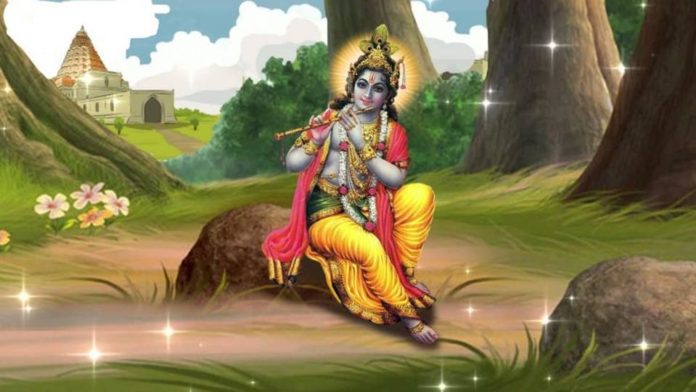


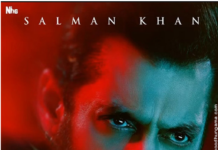

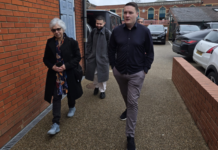
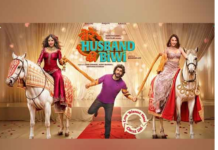




I always read your emails. All readable and informative.
Thanks
Inderpal Kohli